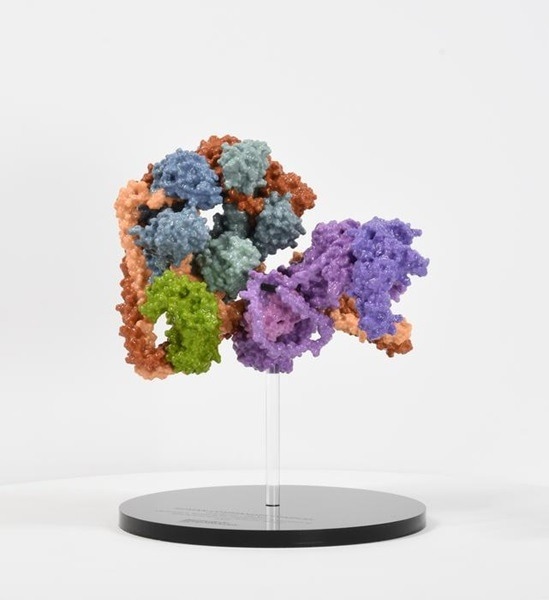Receptor molecules on the cell surface are essential for cellular communication. Periodically, these receptors must be absorbed and sorted for them to be broken down or recycled. This process is controlled by complex machinery, which includes the Commander complex.
 3D printed version of the endogenous Human Commander complex. Image Credit: Markku Varjosalo & Esa-Pekka Kumpula
3D printed version of the endogenous Human Commander complex. Image Credit: Markku Varjosalo & Esa-Pekka Kumpula
Under the direction of Professor Juha Huiskonen and Dr. Markku Varjosalo, research teams at the University of Helsinki's Institute of Biotechnology examined the atomic structure and molecular interactions of this supercomplex in its purest form, which is found in human cells.
The study was published in Nature Structural and Molecular Biology.
New Avenues for Potential Therapeutic Interventions in Diseases
The three-dimensional configuration of the Commander complex and the size of its interaction landscape are still unknown. The structure was obtained using cryogenic electron microscopy, and the intricate interactions within the cells were examined using mass spectrometry.
The examination exposed complex mutations linked to developmental problems. This study paves the way for potential treatment approaches for illnesses associated with the Commander complex, including COVID-19, Alzheimer's disease, and the Ritscher-Schinzel syndrome.
With the combination of our techniques, we can truly start building a large-scale mechanistic picture of how these fundamental cellular machineries function in our bodies and what happens when things go wrong in them. We saw first-hand that despite the advent of excellent predictive models, experimental evidence is still critical for determining the correct, biologically relevant structure.”
Dr. Esa-Pekka Kumpula, Study Lead Author, Institute of Biotechnology, University of Helsinki
Source:
Journal reference:
Laulumaa, S., et al. (2024) Structure and interactions of the endogenous human Commander complex. Nature Structural & Molecular Biology. doi.org/10.1038/s41594-024-01246-1